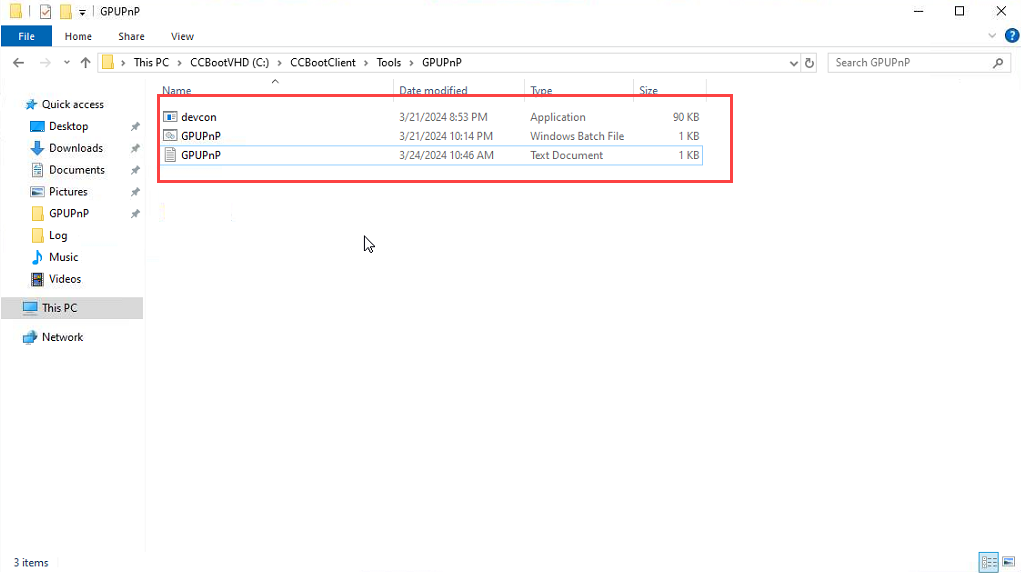Wiki Home Boot image Install GPU drivers
Install GPU drivers
2024-01-12
GPU, pnp, drivers
The following provides instructions for implementing GPU Plug and Play (PNP) on CCBootclient, ensuring seamless GPU driver installation and configuration for both UEFI and Legacy systems.
- Ensure you're using the latest version of CCBootclient, as it now supports GPU PNP. This update includes the ability to remember all GPU drivers, a feature that has been thoroughly tested and verified.
- Works on UEFI and Legacy
- Initiate the boot process on the designated PC that requires driver installation.
- Install the GPU drivers on the super client PC during the boot sequence.
- After completing the driver installation, perform a system reboot. Allow the PC to run for at least 5 minutes before initiating shutdown.
- Disable the super client and save the system image to capture the updated driver configuration.
- After shutting down the PC, the ccbootclient.exe will initiate the execution of gpupnp.bat located at C:\CCBootClient\Tools\GPUPnP. This process will generate gpupnp.log in the same directory. (Figure 1)
Figure 1
- In the GpuPnp.log file, there will be a line indicating that the operation was completed successfully, and the GPU model will be saved. (Figure 2)
Figure 2
- Boot other client PCs and assess if any of them exhibit the "Installing drivers" status.
- In cases where GPU PNP is insufficient, consider using Hardware profiles. This provides an alternative method for managing and configuring your GPU drivers.
- If the previous methods fail, try using different images. Copy the VHD file of the existing image, and paste it into a new folder within the image disk. This creates two identical images, allowing you to install different drivers on each image.
- Use clean installation if you have drivers already installed on your image
Use DDU uninstaller to remove the drivers and then download the latest one and install
GPU drivers

